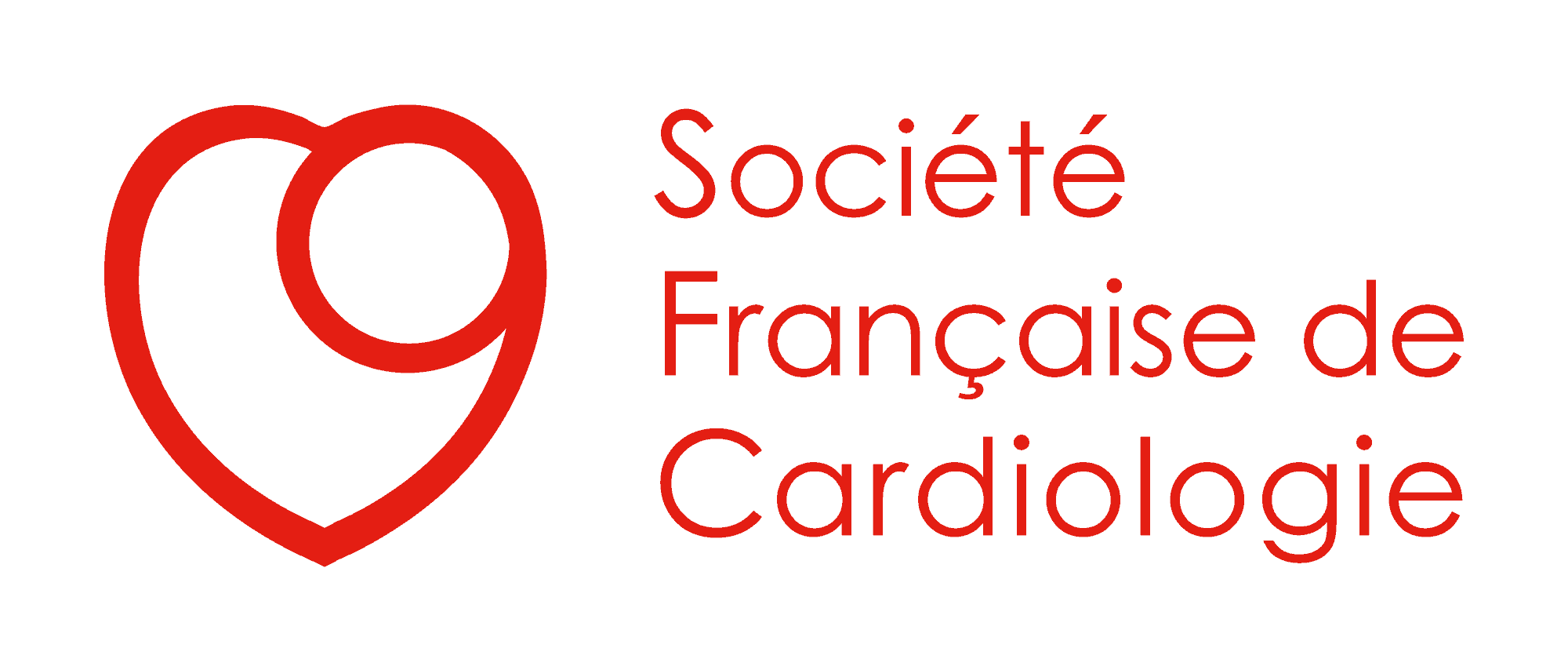Suivez-nous sur les réseaux sociaux !
Retrouvez les articles immanquables des Archives of Cardiovascular Diseases, revue scientifique mensuelle en anglais de notoriété internationale.
Voici un aperçu rapide des sujets abordés dans cette publication :
Dernières publications
Publications
Apixaban in the prevention of stroke and systemic embolism in patients with non-valvular atrial fibrillation in France: results of the PAROS cross-sectional study of routine clinical practice
Voici un aperçu rapide des sujets abordés dans cette publication :
Archives of Cardiovascular Diseases | Article du mois – Juin 2019
Bruno Falissard, Fabien Picard, Isabelle Mahe, Olivier Hanon, Emmanuel Touzé, Nicolas Danchin, François-Xavier Lamy, Léa Ricci, Philippe Gabriel Steg
Summary
Background
Non-vitamin K antagonist oral anticoagulants (NOACs), including apixaban, are recommended for prevention of stroke and systemic embolism in non-valvular atrial fibrillation (NVAF).
Aims
To describe the characteristics of patients starting anticoagulant treatment, identify the characteristics associated with apixaban prescription, and describe apixaban use in France.
Methods
This was a non-interventional multicentre French study. Patients with NVAF (aged ≥ 18 years) with anticoagulant treatment started in the preceding 3 months were evaluated in four groups (NOAC [apixaban, dabigatran or rivaroxaban] or vitamin K antagonist [VKA]).
Results
Data from 2027 patients were eligible for analysis. Mean age was 73.0 ± 11.2 years, 56.6% were men and 80.2% were anticoagulant naïve. Stage ≥ 4 chronic kidney disease was present in 2.2% of patients prescribed apixaban, none of those prescribed dabigatran or rivaroxaban, and 16.8% of those prescribed VKAs. The median CHA2DS2-VASc score was 3 for all three NOACs and 4 for VKAs; the median HAS-BLED score was ≥ 3 for 2.5—5.9% of patients prescribed NOACs and 12.0% of those prescribed VKAs. Apixaban was more likely to be prescribed than other NOACs in older patients with higher bleeding risk and decreased renal function, and VKAs in patients with lower bleeding risk and better renal function. Patients received a reduced dose (5 mg/day; 30.4% patients) or a full dose (10 mg/day; 69.6% patients) of apixaban. Only 79.3% of patients prescribed apixaban had doses consistent with the summary of product characteristics; underdosing was more frequent than overdosing. Off-label use of apixaban was observed, mainly in elderly patients, despite normal renal function and weight.
Conclusions
Initiation of apixaban versus NOACs was more common among patients with increased age, higher bleeding risk and decreased renal function, whereas initiation of apixaban versus VKAs was more common among patients with lower bleeding risk and better renal function.
© 2019 Elsevier Masson SAS. All rights reserved.
Partagez cet article :
Partagez cet article :
Written by : SFC
Plus de publications de la SFC

CARDIOLOGIE PÉDIATRIQUE Congenital Heart Disease transition practices in the United States: a survey of [...]

INTELLIGENCE ARTIFICIELLE New Threshold for Defining Mild Aortic Stenosis Derived From Velocity-Encoded MRI in [...]




